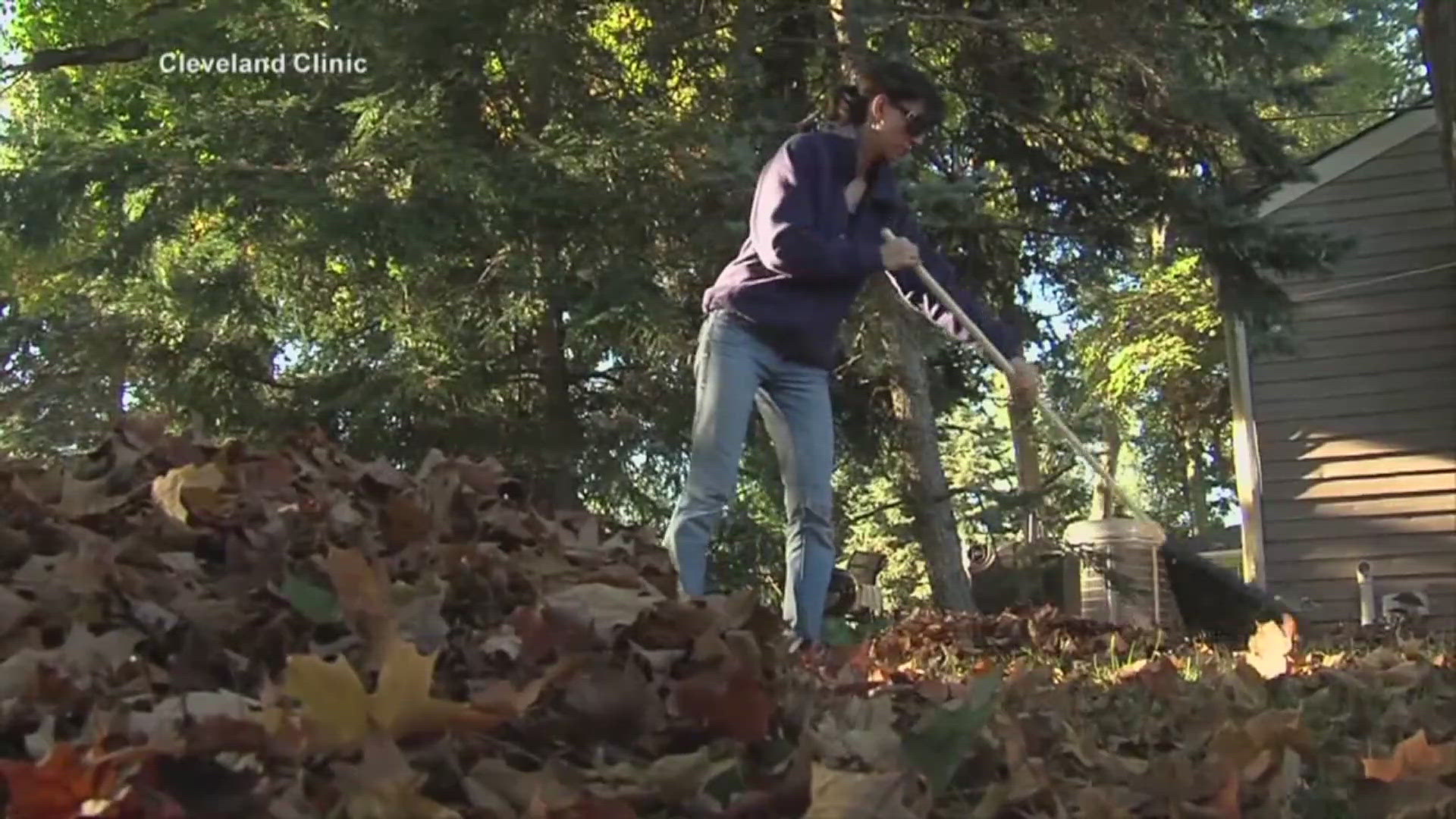MILAN, Ill. — Step outside this time of year and you'll probably step on the thousands of falling leaves.
The natural process of trees shedding their leaves in the fall is one Midwesterners can look forward to every year. But for trees in urban areas, all of those leaves can create big problems for local water systems.
Leaves that fall in nature are often left on the ground and naturally decompose into the soil. For those around homes or in community areas, the leaves are often removed from the site. Leaves that then find their way into storm drains, streams, lakes and rivers decompose in the water. That releases the nutrient phosphorous.
"[Phosphorous] is usually tied up in soil, so it's never really a problem when they're decomposing in our landscapes. But in water, this can lead to what we call algae blooms," Emily Swihard, Horticulture Educator with the University of Illinois Extension said.
High levels of phosphorous in water stimulate the growth of algae. Algae blooms then absorb vital nutrients in the water, as well as oxygen.
Additionally, decomposing leaves release organic matter which can cloud water systems and make it difficult for light to break through. This limits the ability of aquatic plants to photosynthesis, disrupting the overall ecosystem.
"If you want to have a healthy water system, you need oxygen in there so that plants and wildlife can live," Swihard said. "We really want to maintain our water systems for recreation purposes and for the health of those ecosystems, and keeping leaves out of them is a really important component that."
A study from Wisconsin found that nearly 60% of the annual phosphorous in urban water systems is from these falling leaves, or so-called "leaf litter." But it's not all bad news! The same study found that 80% of this phosphorous can be mitigated through timely management of the leaves.
So what can you do to help?
Instead of raking and bagging all of your leaves, you can leave them where they fall, all winter long. This has the added benefit of providing a winter habitat for local insects and animals. Just be sure to go over your yard with a lawn mower, so you can mulch the leaves into tiny pieces, so as to prevent matting and damage to your yard.
"It's free fertilizer if you do that," Swihard said.
You can also add your leaves to a compost pile, along with vegetable and fruit scraps, coffee grounds and other lawn clippings. This creates a nutrient-rich compost that you can spread on your garden this spring.
Another option is to bag and dispose of your leaves through a city-offered pickup service. This keeps the leaves from washing into sewer systems or streams.
"What we don't want to do when we're bagging our leaves is put them in a plastic bag and throw them in the trash. That can be really harmful to our our waste facilities and our landfill facilities," Swihard warned. "We would want to put them in a bag for the waste waste pickup day."
Finally, no matter which option you go with, Swihard encourages the public to leave a pile of leaves in a corner of the yard for local wildlife. This is helpful for insects, birds, small mammals and reptiles who use it as shelter during the winter. Just be sure to put these piles in parts of your yard that are 'wilder' and incapable of washing away into waterways.
Tune into The Current from 4 to 5 p.m. on weekdays to catch live interviews impacting you, your family and your hometown as well as all of the biggest headlines of the day.

